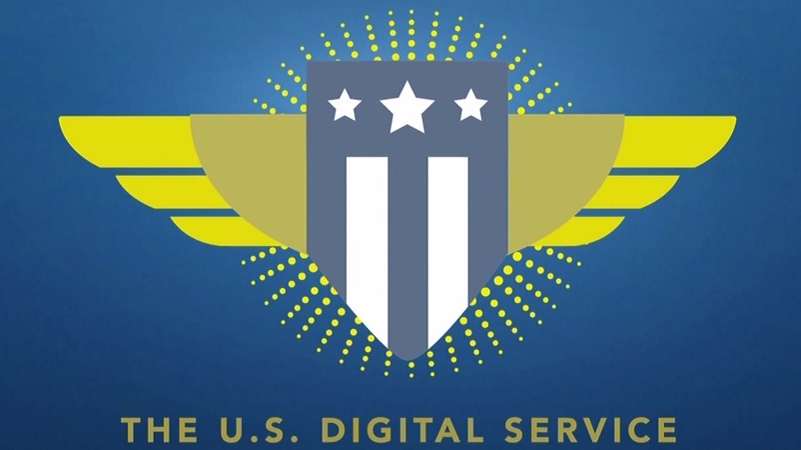
United States Digital Service (USDS) Director of Engineering Maya Israni said today that the biggest challenges her team sees Federal agencies encounter when it comes to IT modernization are resources, people, and appetite.
The USDS works across the Federal government to help agencies stand up modernization efforts – with aims running the gamut from more efficient customer service to better data management and stronger product design.
“Unsurprisingly, a lot of it comes down to resources. Modernization costs money, and that means there needs to be dedicated funding,” Israni said during FCW’s Pillars of Modernization Workshop on March 23 in Washington, D.C.
“The second piece is the people. It takes a lot of both short-term and long-term investment in – once you modernize a system – who’s going to maintain that,” she continued. “It oftentimes comes down to: there’s not people behind it to stand up the product.”
“The last piece is appetite,” Israni explained. “At the end of the day, there is some inherent risk in modernization – of disrupting the status quo.”
“Sometimes we wait a little bit too long and wait for something to fall down or the infrastructure to be very evidently crumbling before we take on the modernization,” she said. “But if we can proactively take on some of these initiatives before we are really feeling the ramifications of letting them go too long, we can ideally save us a lot of heartburn down the line.”
The USDS official offered some advice during her keynote, noting that agencies can address immediate resource constraints by prioritizing their modernization efforts.
“Ultimately what we should be doing is breaking it down into smaller chunks and piecemeal by piecemeal,” Israni said. “Identify the needs of the entire system but prioritize – this year or next year – what really is the highest priorities to modernize.”
“If we can break it into smaller chunks rather than taking on a wide-sweeping, many million-dollar initiative, we can both address the immediate resource constraints but also be able to start to take on some of those modernization efforts that will help us down the line,” she said.
Israni emphasized that technologists need to be brought to the table as soon as possible, so they can help agencies with the launch of their new tools. It’s better to be proactive rather than reactive, she said.
USDS was founded reactively by the Obama administration when it stood up healthcare.gov and the website subsequently underperformed in a political meltdown of the 2013 launch.
Israni offered three examples of modernization projects that USDS aids different agencies in today, nearly a decade after its inception.
Since the start of the COVID-19 pandemic, USDS has stood alongside the Centers for Disease Control and Prevention helping it issue more resilient data reporting systems for positive COVID-19 test results.
“We built out a resilient, simple, and accessible system for testing facilities to report out their Covid test results and for public health departments to then ingest that and use that to inform certain policies or mandates,” Israni said. “It’s been a long journey. We’re excited about what we now call pandemic readiness, so ensuring that our systems are ready for … the next pandemic.”
She said that USDS also helped the Social Security Administration revamp their website – SSA.gov – to meet user needs and bolster the agency’s customer experience.
Finally, Israni highlighted the part USDS is playing in the Biden administration’s Justice40 initiative. The agency helped the Executive Office of the President build out an open source tool to identify communities that are most underserved.
